
Article
July 30, 2020
What is the cost of poor procurement practices?
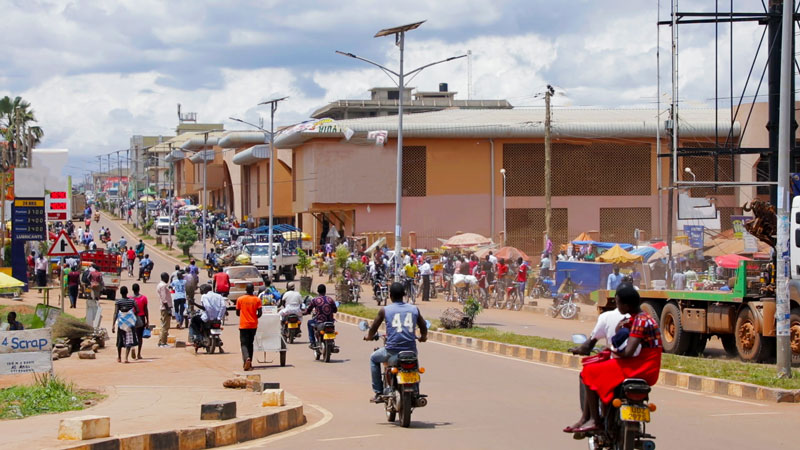
Open Contracting for Health in Uganda

By Sean Darby
Open Contracting for Health (OC4H) is an FCDO-funded project which seeks to improve the transparency and accountability of public procurement in the health sector. By ensuring that the procurement of things like medical supplies and the building of health centres is conducted openly and transparently, it greatly reduces the chance of a situation like that in Aromo repeating.
In Lira County, Uganda, Transparency International Uganda has worked with and trained individuals representing three key stakeholder groups:
- Civil society organisations (CSOs) are trained to conduct monitoring of procurement and construction processes.
- The private sector to form a Private Sector Association which provide a collective voice for Small and Medium Enterprises (SME’s) on issues of procurement corruption and bidding processes.
- Relationships are built with government officials to ensure they are completing contracting processes.
With these stakeholders working together, they can increase transparency in health procurement and so reduce instances of corruption.
1. CSO monitoring
William Achol Okabo is the head of Corruption Brakes Crusade (COBRA), an organization that tracks good governance in Lira district by monitoring the performance of public office bearers and service delivery. With the OC4H initiative, COBRA is now able to monitor the full procurement cycle from planning, to tendering, award, contracting, and implementation.
“We no longer just look at the physical aspects of a project; the implementation. At this stage, the contractors do not even share the project documents and the local councillors are not aware of the Bills of Quantity (BoQs) and what is contained in the contract,” William said. “With the TI-Uganda training, we are now able to trace these contracts right from the office of the Chief Administrative Officer (CAO), and get them from the Procurement and Disposals Unit.”
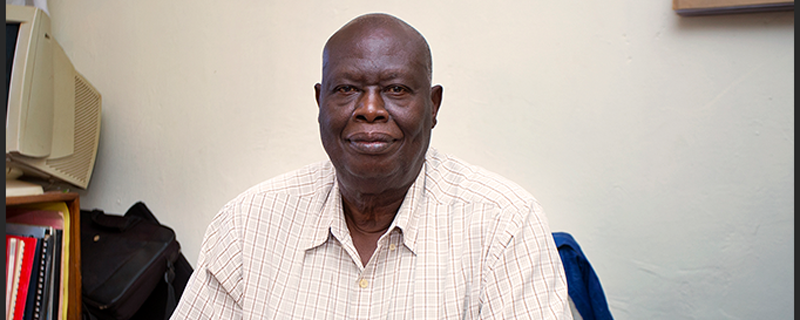
William Achol Okabo
He believes that monitoring the procurement process from the initial stages makes it easier to spot issues that could cause problems later on, such as shoddy, unsafe or incomplete work.
The effectiveness of community monitors was reiterated by John Kamya Birungi, the civil engineer in charge of building projects undertaken by the district local government. He said monitors had eased the burden of site supervision and kept contractors accountable. The community has access to the project documents and the monitors are able to evaluate whether contractors are giving value for money. “Involving community monitors ensures that service providers put up structures that are of good quality, are long lasting and will not require frequent costly repairs in the future,” he said.
Just like the civil society actors, improving service delivery is something that Aisha Ayebare from Kigando Rweishama local council is passionate about. As a TI-Uganda community monitor, she was involved in the monitoring the upgrade of Butawata Health Center II to a Health Center III. This process involved expanding the facilities to serve a larger number of patients and diagnose or treat more complex diseases. A level II facility is nurse-led and can treat common diseases such as malaria through an out-patient clinic, while a level III facility is led by a senior clinical officer and usually includes a maternity ward and a laboratory.
Aisha’s team of monitors keenly observed all aspects of the construction process, closely engaging with the district engineer and site foreman. With the building contracts available to them, monitoring the work was not hard.
“We had been taught how to monitor works as per the contract BOQs and we were able to make sure that the contractors use the specified materials in the right quantities, to the required standard,” she said.
Aisha described an incident when the Butawata Health Center III contractor tried to use poor quality bricks, rather than the superior materials that had been paid for. The community monitors used their training to test the bricks and quickly informed the district officials who ensured the building materials were replaced. If they had not been switched, the community could have easily seen a repeat of the roof collapse at Aromo Health Centre.

Aisha Ayebare
As part of the OC4H project, a Lira based CSO named the Global Forum for Development have taken up the monitoring of improving the Aromo Health Centre, the first such improvements since its construction in 2007. This will help ensure the new construction is of a higher quality than the original building.
2. Private sector
Richard Adoko Obura, the Executive Director of Samaro Investments, a construction company in Lira district has faced a number of frustrations in trying to win contracts from the local government. “There is a lot of secrecy in the whole process,” he said.
In light of these frustrations, Richard fully embraced TI-Uganda’s proposal and support to the business community in forming an association that would address some of the issues they face while participating in public procurement. He is now the interim chairperson of North Kyoga Contractors Association which is comprised of 15 members.
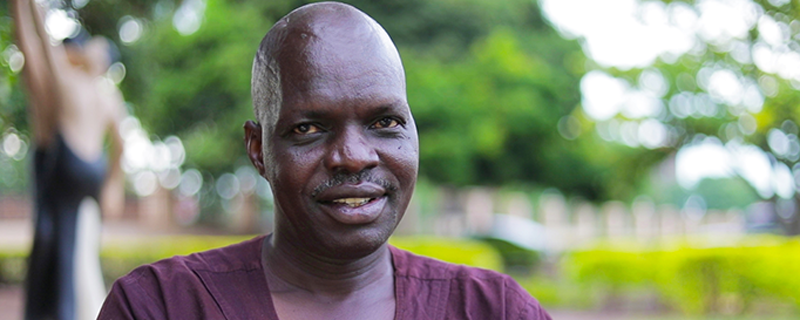
Richard Adoko Obura
When Dickens Ogwal, the Managing Director of Jora Investments Holdings, enrolled in OC4H activities he was surprised to get much more knowledge on responsive bidding, training from Public Procurement and Disposal of Assets Authority on the correct way to bid, and how to apply for administrative reviews. He is confident that anyone who received the training is now empowered to raise questions about a bid process that they feel is not conducted correctly.
‘Part of the process of achieving quality in procurement is making information available to all, regardless of where you are,” Dickens said, and he encouraged the government to speed up the transition to e-procurement. He is particularly enthusiastic about how a fully electronic procurement system reduces opportunity for officials handling paperwork to demand for bribes at every stage of the process.

Dickens Ogwal
3. Government
Patrick Ebil, the Head of the Procurement and Disposal Unit at Lira District Local Government is acutely aware of the importance of transparency and fairness in public procurement. However, the use of paper-based procurement process limits the levels of transparency he wanted to exhibit.
The Head of Procurement & Disposal Unit for Lira District Local Government has stated how the project has resulted in additional contractors applying for each procurement, which results in more competition thus driving up standards and lowering costs.
It is not until his team received training on uploading procurement data on the GPP from TI- Uganda and PPDA through the OC4H project that they were able to publish their procurement plans and tender notices on the GPP allowing for easier access by anyone interested in learning about procurement opportunities in that financial year.
He added that the relationship between local government and bidders has also seen an improvement: it is now more of a partnership, with information openly shared in a timely manner. With greater openness about the scope and requirements of proposed projects, bidders can now submit proposals with increased accuracy regarding what it will take to execute projects. This has had a positive impact on the quality of works.
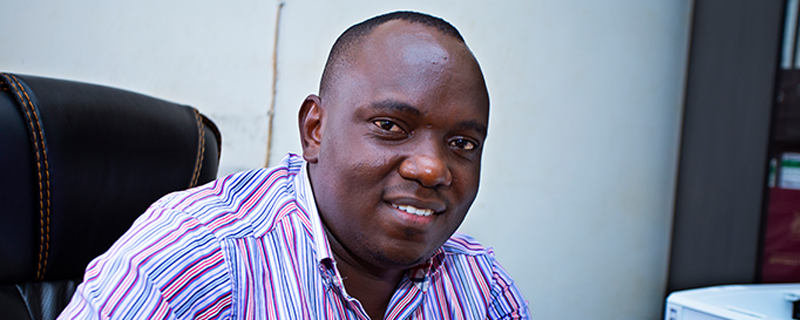
Patrick Ebil
A further benefit of learning about open contracting through the project is the improved quality of procurement reporting. “Someone is now able to compare what was budgeted and what was awarded. From the GPP, one can tell whether we are practicing efficiency and value for money in our procurements,” Patrick said.
Roseline Adong Show, Procurement Officer at Lira District Local Government hopes that the GPP is rolled out to the whole country so that all local governments are working from the same page. She said: “I don’t fear any more challenges in procurement because I know that everything is being done openly.”
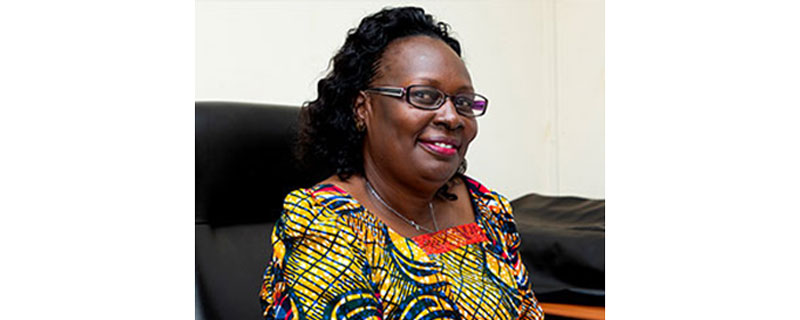
Roseline Adong Show
One hundred percent of Lira District’s health budget is now published on the GPP since the OC4H project has been implemented.
Conclusion
With these three sets of stakeholders working together, transparency has been increased throughout the entire procurement process.
The combination of Government publishing more data to the GPP, more contractors having access to bids, and CSOs and Community Members monitoring the whole process will help ensure that a roof collapsing in a maternity wing, like in Aromo Health Centre, is much less likely to happen again.